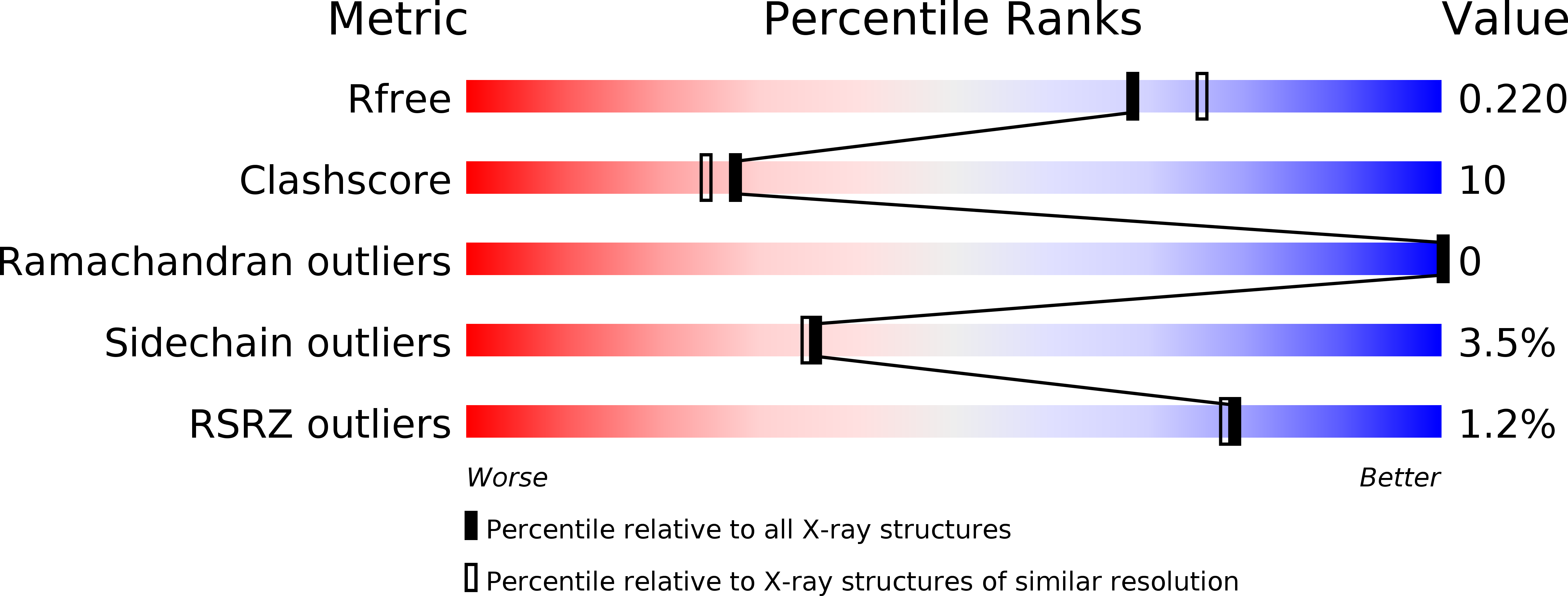
Deposition Date
2002-03-15
Release Date
2002-06-06
Last Version Date
2024-05-08
Method Details:
Experimental Method:
Resolution:
2.01 Å
R-Value Free:
0.20
R-Value Work:
0.16
R-Value Observed:
0.16
Space Group:
F 4 3 2


